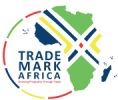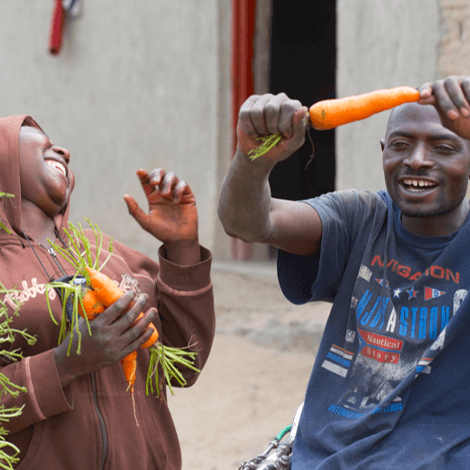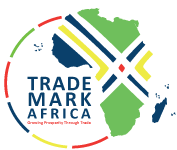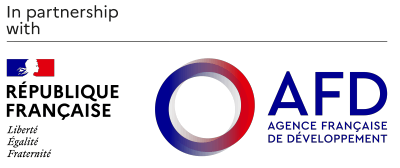The value of inter-regional trade among East African Community (EAC) member states has reduced to Sh523.5 billion in 2015. EAC, Labour and Social Protection Cabinet secretary Phyllis Kandie said the value stood at Sh595.4 billion in 2013. She attributed the decline to weak capacity within individual EAC partner states to resolve most of the Non-Tariff Barriers (NTBs). The CS said this in a speech read by the principal secretary, Betty Maina at the launch of the Regional Market Scorecard 2016. “The scorecard points to the existence and emergence of several NTBs within the partner states, and the slow pace at which their elimination was being executed, subsequently undermining intra-EAC trade,” Kandie said. The scorecard facilitates implementation of the Common Market provisions while at the same time identifying obstacles and recommending interventions to mitigate barriers. She said non-recognition of EAC Certificates by member states was a protectionist approach that denied the business community access to the EAC market. The Scorecard 2016, launched in Kampala, shows that Kenya, Uganda, Tanzania, Rwanda and Burundi still run their trade as separate and distinct markets, keeping their economies small and disconnected due to several bottlenecks in regulations. This, she said, was fuelled by failures of individual states to lift legal barriers, for example, refusal to recognise business certificates from other EAC members and double taxation. EAC presidents have signed a treaty that gives EAC countries freedom of movement of goods, labour, services, and capital. The protocol was signed on November 20, 2009 and came into...
EAC trade dips owing to barriers
Posted on: March 10, 2017
Posted on: March 10, 2017















